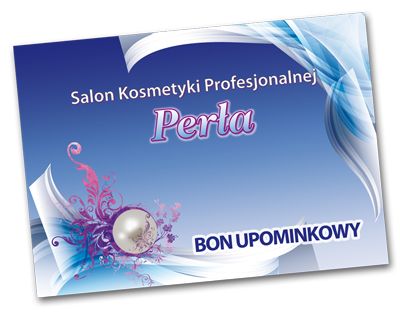Jak skutecznie walczyć z pryszczami? Odkryj krem "Niszcz Pryszcz" z Hebe!
Historia powstania
Jest to ta seria, od której wszystko się zaczęło. Dawno, dawno temu jedna z siostrzenic Marty miała problemy z cerą trądzikową, łojotokową. Była u wielu kosmetyczek, lekarzy oraz stosowała przeróżne leki oraz kosmetyki. Wszystko na nic. Marta była właśnie po uzdrawiającej ziołowej terapii, którą ocaliła swoje gardło. Postanowiła wypróbować moc ziół na siostrzenicy. Po wielu rozmowach z dermatologami, po przeglądach literackich, po analizie półek sklepowych z kosmetykami doszła do wniosku, że musimy przede wszystkim wyciszyć gruczoły łojowe i bardzo dobrze nawilżyć cerę. I tak powstała kompozycja odwaru z kory wierzby i krwawnika. Zastąpiła wodę, której w kremach jest nawet 70%, właśnie tym świeżo przygotowanym naparem w dużych ilościach. Mazidło zostało podarowane siostrzenicy i niecierpliwie czekałyśmy na efekty. Po kilku tygodniach zadowolona dziewczyna się odezwała się i oznajmiła: „Marta, zobacz, mam zdecydowanie mniej krost. Cera staje się coraz spokojniejsza i gładsza. Czy mogłabyś zrobić tego więcej dla moich koleżanek?”. I to było najmilsza reakcja, jaka mogła mnie spotkać. Dziś produkt jest na półce oraz stał się hitem sprzedaży zarówno wśród nastolatek, jak i osób około 30 roku życia.
Pierwszy powstał produkt na noc, który jest mocniejszy, natomiast wersja na dzień powstała z myślą o zwężaniu porów i przede wszystkim o zapobieganiu błyszczeniu się cery.
cera tłusta / trądzikowa
How to grow hebes
All you need to know about growing bee-friendly hebes, in our detailed Grow Guide.
Hebes are popular evergreen shrubs, mostly native to New Zealand although some are indigenous to Australia and South America. They come in a variety of shapes and sizes, and are suitable for growing in a wide range of sites and planting schemes. Hebes are excellent in shrub borders, used as ground cover or low-growing hedging, and are relatively low-maintenance.
Hebes flower over a long period – all year round in mild regions – with flower colours including pink, blue and white. They can be an important late-year source of nectar and pollen for bumblebees. Leaf colour varies too, from dark green to pink and variegated. Less-hardy hebes can be grown in cool glasshouses or alpine houses.
Best hebes to grow
Browse our pick of the best hebes to grow:
Hebe 'Celebration'
A half-hardy hebe, Hebe 'Celebration' forms a tight mound of variegated foliage, from which clusters of purple-pink flowers appear in late spring.
Hebe 'Frozen Flame'
Hebe 'Frozen Flame' has greyish-green leaves with a white edge that turn a pinkish-purple in winter. In summer, blue flowers are borne in bright clusters.
Hebe 'Green Globe'
Hebe 'Green Globe' is a compact shrub with a round habit and small, closely packed branches.
 U nas zapłacisz kartą
U nas zapłacisz kartą
